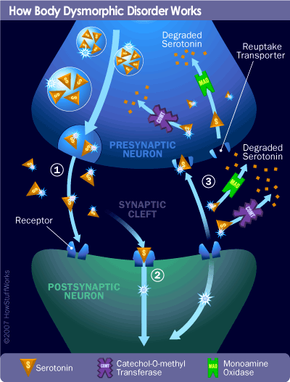Key Takeaways
- Body dysmorphic disorder (BDD) is a mental health condition characterized by obsessive preoccupation with perceived flaws in physical appearance.
- Psychological and emotional impacts include anxiety, depression and impaired social functioning.
- Treatment options such as therapy and medication aim at managing symptoms and improving quality of life.
Many of us have those moments when we take a look in the mirror and wish for things to be a little different -- perhaps a firmer body, clearer skin or straighter teeth. But what if those moments lasted for months or even years?
Some people are so preoccupied with what they perceive as defects that they spend hours obsessing in the mirror every day. They analyze themselves and see hideous monsters staring back. These people compare themselves to others and constantly ask for reassurance about their appearances. They mask or camouflage their features so people can't see their flaws. If they feel particularly revolting, they might skip classes or work, or they may permanently remain within their homes to avoid anyone's glance. Someone may resort to a permanent option, like cosmetic surgery or suicide, to escape self-destructive thoughts.
Advertisement
Someone exhibiting these behaviors may have a psychiatric disorder known as body dysmorphic disorder (BDD), sometimes referred to as dysmorphophobia. Characterized by a preoccupation with a physical flaw -- whether imaginary or exaggerated -- BDD frequently occurs along with other psychiatric disorders, such as obsessive-compulsive disorder, anorexia nervosa and clinical depression. These disorders, along with other factors discussed later in this article, frequently cause BDD to be misdiagnosed or undiagnosed.
BDD, like many medical conditions, runs from mild to severe. Some people can accept that even though they may see their defects as obvious and unattractive, they know that they probably look "normal". However, others with BDD really believe that they appear to others as they do to themselves, that the defects they see in the mirror truly exist. Experts refer to this condition as delusional BDD, when people are certain that their perceptions of themselves are correct, despite evidence to the contrary.
BDD does not discriminate between class, race, ethnicity or gender [source: Butler Hospital]. People with the disorder often abhor more than one physical feature, most commonly the skin, hair, nose and other body parts.
So what are the behaviors of someone dealing with body dysmorphic disorder? BDD exhibits many obsessive-compulsive traits, and the next page will discuss the disorder in more detail.
Advertisement




